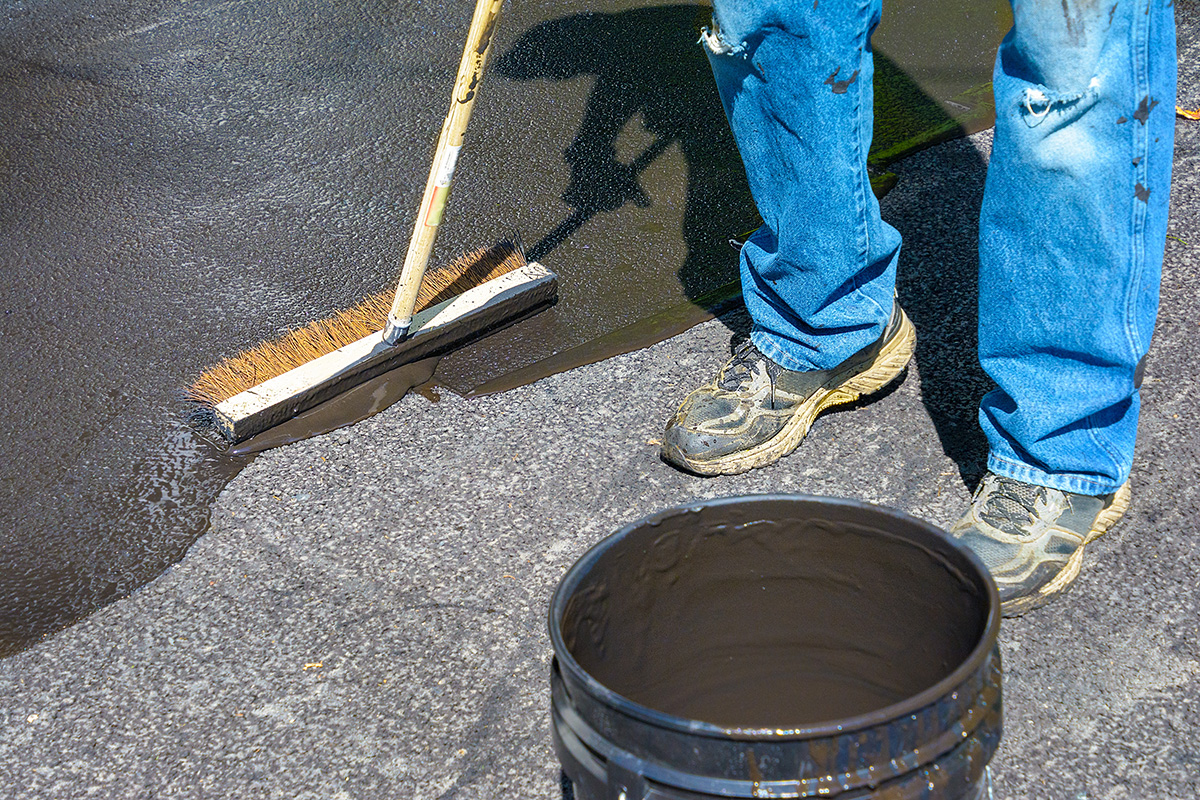Effective Asphalt Repair: Cold Mix Sealing Techniques Introduced
Effective Asphalt Repair: Cold Mix Sealing Techniques Introduced
Blog Article
Cold Mix Asphalt Vs. Hot Mix Asphalt: Which Is Right for You?

Composition Differences
Cold mix asphalt is produced by emulsifying the asphalt binder with water and an emulsifying representative before blending it with aggregate. The hot mix asphalt production process involves warming the accumulation and asphalt binder independently before combining them at the asphalt plant.
Additionally, chilly mix asphalt has a tendency to be much less dense and extra versatile than hot mix asphalt. This flexibility makes it far better fit for locations with greater degrees of activity, such as driveways or roadways with rush hour. In comparison, warm mix asphalt is recognized for its high sturdiness and resistance to rutting and breaking, making it a recommended option for highways and high-traffic roads where long life is critical.
Setup Process Variances
The procedure of installing chilly mix and hot mix asphalt exhibits noteworthy variances in their treatments and needs. In contrast, warm mix asphalt demands a more sophisticated setup procedure. Due to the heating requirements, warm mix asphalt installments are commonly brought out by specialists with customized equipment, making sure an extra long-term and structurally audio result.
Longevity and Durability Aspects
When taking into consideration asphalt alternatives, durability and long life are important variables to examine for enduring sidewalk efficiency,. Hot mix asphalt (HMA) is known for its remarkable sturdiness and long life. The heats throughout the laying and mixing process allow for better compaction, resulting in a denser and more powerful pavement framework. This causes HMA being a lot more resistant to rush hour loads, harsh weather, and the impacts of aging compared to chilly mix asphalt (CMA)
In regards to durability, HMA normally outshines CMA as a result of its premium stamina and resistance buildings. HMA sidewalks have a longer life span, requiring less regular repairs and maintenance, which can translate to cost savings over time. Furthermore, HMA pavements are a lot more quickly personalized to satisfy details job demands, additionally boosting their resilience.
Cost Considerations
Considering the economic ramifications is a vital aspect when assessing the selection in between warm mix asphalt (HMA) and chilly mix asphalt (CMA) for pavement tasks. While the first expense of hot mix asphalt is typically higher than that of chilly mix asphalt, HMA frequently supplies a much more cost-efficient service in the future because weblink of its premium resilience and longevity. HMA is understood for its capability to withstand hefty web traffic loads and severe climate condition, reducing the requirement for constant repairs and upkeep. On the other hand, chilly mix asphalt is more inexpensive upfront but might require more frequent patching and resurfacing, leading to greater upkeep prices over time.
Along with material costs, it's vital to think about the expenditures related to installation and upkeep when comparing HMA and CMA. HMA generally needs specific equipment and knowledgeable labor for correct installment, which can affect general project costs. Conversely, CMA is less complicated to work with and can frequently be used using simpler strategies, potentially lowering installment expenditures. Ultimately, the choice in between HMA and CMA should take into consideration not just the first cost yet also the long-term economic ramifications to figure out one of the most cost-effective option for the specific sidewalk task.
Environmental Impact Contrast
Comparison of the environmental impacts in between hot mix asphalt (HMA) and cool mix asphalt (CMA) reveals distinctive differences in sustainability methods. HMA manufacturing requires high temperature levels, leading to raised energy consumption and greenhouse gas emissions.
In addition, the use of CMA usually includes reusing existing asphalt sidewalk, advertising source conservation and reducing the quantity of waste sent out to garbage dumps. This recycling element additionally improves the sustainability of CMA contrasted to HMA. Overall, when considering the environmental impact, CMA becomes a more environmentally lasting option as a result of its reduced energy demands, lowered emissions, and the capacity for reusing existing products. By choosing CMA over HMA, roadway construction tasks can contribute favorably to ecological conservation efforts.
Verdict
In final thought, the choice in between chilly mix asphalt (CMA) and warm mix asphalt (HMA) depends upon numerous factors such as structure, setup process, sturdiness, long life, price, and environmental impact. angle parking. While CMA provides a fast and cost-effective option for minor repair work, HMA guarantees exceptional toughness and long life for hefty web traffic areas. Consider these factors very carefully to establish which type of asphalt is the appropriate choice for your paving requires

Thinking about the economic implications is a critical facet when assessing the selection in between hot mix asphalt (HMA) review and cool mix asphalt (CMA) for pavement jobs. While the initial cost of hot mix asphalt is commonly greater than that of cold mix asphalt, HMA frequently offers an extra affordable solution in the lengthy run due to its remarkable longevity and durability. asphalt patch repair.Contrast of the environmental effects between warm mix asphalt (HMA) and cold mix asphalt (CMA) reveals distinctive differences in sustainability techniques.In verdict, the selection in between cool mix asphalt (CMA) and hot mix asphalt (HMA) depends on various aspects such as Discover More composition, installment process, sturdiness, durability, price, and environmental influence
Report this page